What opportunities does radio have to change and transform?
According to the Reuters Institute for the Study of Journalism, 72% of news organizations plan to invest in audio in 2023 as a new way to attract subscribers and new users. This information is also consistent with the Beyond Words Audio Engagement Report: 46% of Americans will listen to audio content daily by 2022, with audio reading content accounting for 51% of total daily audio listening. This is 2% higher than the average audio listening rate, so it is not surprising that news organizations are focusing on audio. This is evidence that the demand for audio journalism content remains high.
Discussing this issue, journalist Pham Manh Hung - Deputy Director of the Voice of Vietnam (VOV) said that according to a 2019 survey, the global podcast platform had 275 million listeners, and by 2022 this number had doubled. Experiencing the Covid-19 pandemic has also brought radio closer to the public.

Journalist Pham Manh Hung - Deputy Director of Voice of Vietnam Radio Station.
"Currently, the press has no king, no type of media can control the public. The generation of people watching the evening news will gradually decrease. That is the opportunity for radio to change and create significant changes," said Mr. Pham Manh Hung.
However, journalist Pham Manh Hung acknowledged that, apart from the Voice of Vietnam and Ho Chi Minh City People's Radio, whose main focus is radio, most local radio and television stations tend to prioritize investment in television, and do not pay attention to radio and understand the potential of radio.
"We must change the awareness of reporters, editors, especially those working in press management. If we are aware of trends and objective needs, journalists will change their thinking and work methods accordingly," said the Deputy Director of VOV.
Transforming in the digital environment
In January 2017, Norway became the first country in the world to officially stop broadcasting via FM radio and switch 100% to digital technology. Today, listeners no longer sit around the radio to listen and watch programs.
Answering the question, how has Voice of Vietnam applied artificial intelligence to press publishing activities? Journalist Pham Manh Hung said: "Many online newspapers have applied AI to content production. VOV's broader concern is how to apply AI to the huge data systems of radio and television channels. That is, how to systematize data to optimize distribution channels on platforms. This is the story that the station is focusing on finding a solution. If our system is good, readers can access a lot of related data, not just read an article".
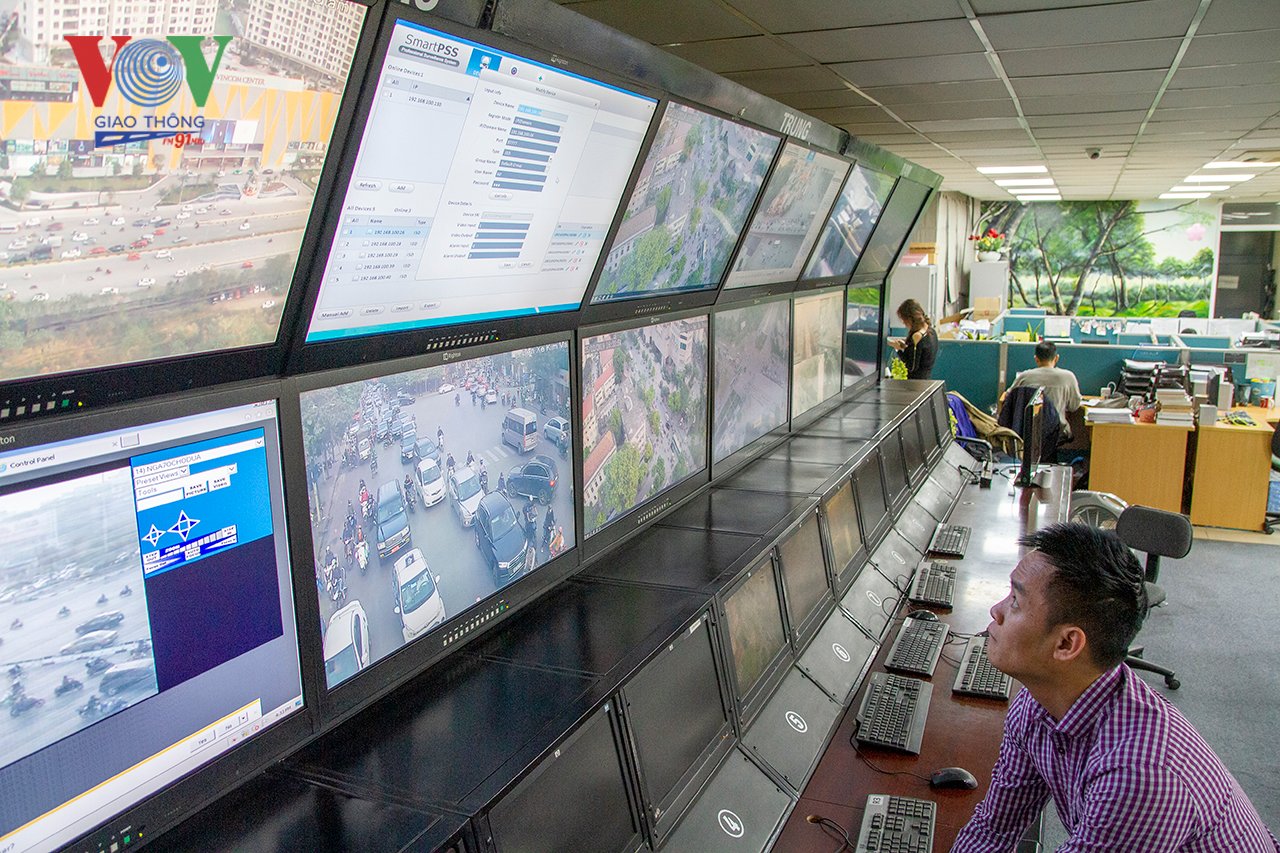
Most of VOV Traffic's columns have been produced in parallel in both traditional radio and podcast versions. (Photo: VOV)
When mentioning VOV, it is impossible not to mention the "most famous" information channel of the Station, VOV Giao thong - with a 15-year successful cycle based on the ability to best provide regionally-versioned public information.
Mr. Pham Trung Tuyen - Deputy Director of VOV Traffic Channel, Voice of Vietnam, commented that at present, when technology has changed and strongly impacted the needs and habits of receiving information of the public, VOV Traffic must quickly adapt to create a new cycle of success.
VOV adds a method of distributing audio content on a digital platform. Classify public and private content with different forms of revenue generation, namely free public content with advertising and personalized content according to the needs and location of users who do not listen to ads and charge fees. Invest in research and innovation of content formats suitable for new distribution platforms. Invest in training human resources suitable for new program production and distribution methods. Promote the application of AI in the process of producing, classifying and distributing content.
"The digital revolution is essentially a revolution in the method of production and distribution of products, so the only way for content producers to survive and benefit from this revolution is to quickly join the revolutionary wave and quickly transform their content production and distribution methods in the direction of maximizing the application of the achievements that the revolution brings," Mr. Pham Trung Tuyen emphasized.
Digital Content - Digital Transmission - Digital Interaction
To adapt radio to the digital age, Mr. Dong Manh Hung - Head of VOV Editorial Secretariat said that this is based on 3 main pillars: Digital content - Digital transmission - Digital interaction.
Mr. Dong Manh Hung analyzed that TV stations need to put themselves in the position of listeners and meet them in their space, that is, in programs that the audience and listeners feel are suitable and love. Understanding your audience and serving them, rather than trying to attract everyone, is the right direction for TV stations in the digital age. The human factor is the central issue in developing digital content, from reporters, editors, to listeners, and in the digital age, listeners themselves become content creators.

The power of sound can be a very powerful journalism model. (Source: isp.page)
Regarding the work of transmitting information content, the Head of VOV Editorial Secretariat commented that in the context of the industrialization era, life becomes more hectic, so radio and television stations need to be present everywhere, take advantage of every suitable space and turn each platform into their own broadcasting station, and most importantly, they must be easily found by listeners.
"Along with the huge benefits such as helping to reduce costs by up to 90% compared to traditional transmission methods, with almost no geographical space limitations..., digital transmission methods also have an extremely large advantage compared to traditional transmission methods, which is that audiences are no longer dependent on the real-time broadcast program framework of TV stations but can listen to and watch any content they like at any time," said Mr. Hung.
And according to Mr. Dong Manh Hung, the time when information was delivered from the radio stations to the audience in a one-way manner is over. Digital interaction allows for a higher level and easier replacement of personal-personal and personal-community interaction. Therefore, what audiences and listeners in the digital age need is to feel like they are part of the ongoing story, because it is guaranteed to attract them, encourage them to listen, listen again and participate.
"Building a digital community, including digital listeners, and creating conditions for this community to participate in developing the content of radio and television programs will not be a bad idea to activate organic interactions and create conversations with the audience community of radio and television stations, expanding the reach of the stations' brands," Mr. Dong Manh Hung emphasized.
Hoang Anh
Source: https://www.congluan.vn/phat-thanh-dung-truoc-co-hoi-lon-cho-su-chuyen-minh-voi-noi-dung-so--truyen-tai-so--tuong-tac-so-post310517.html












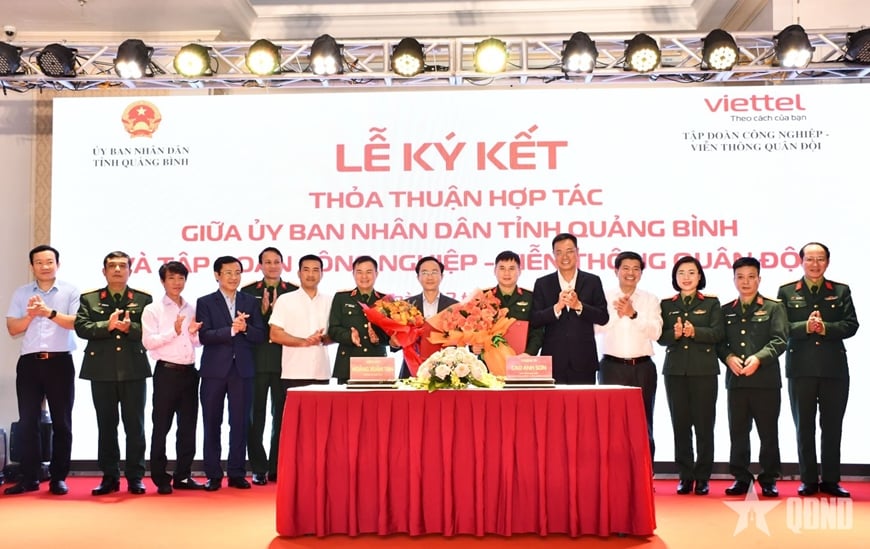




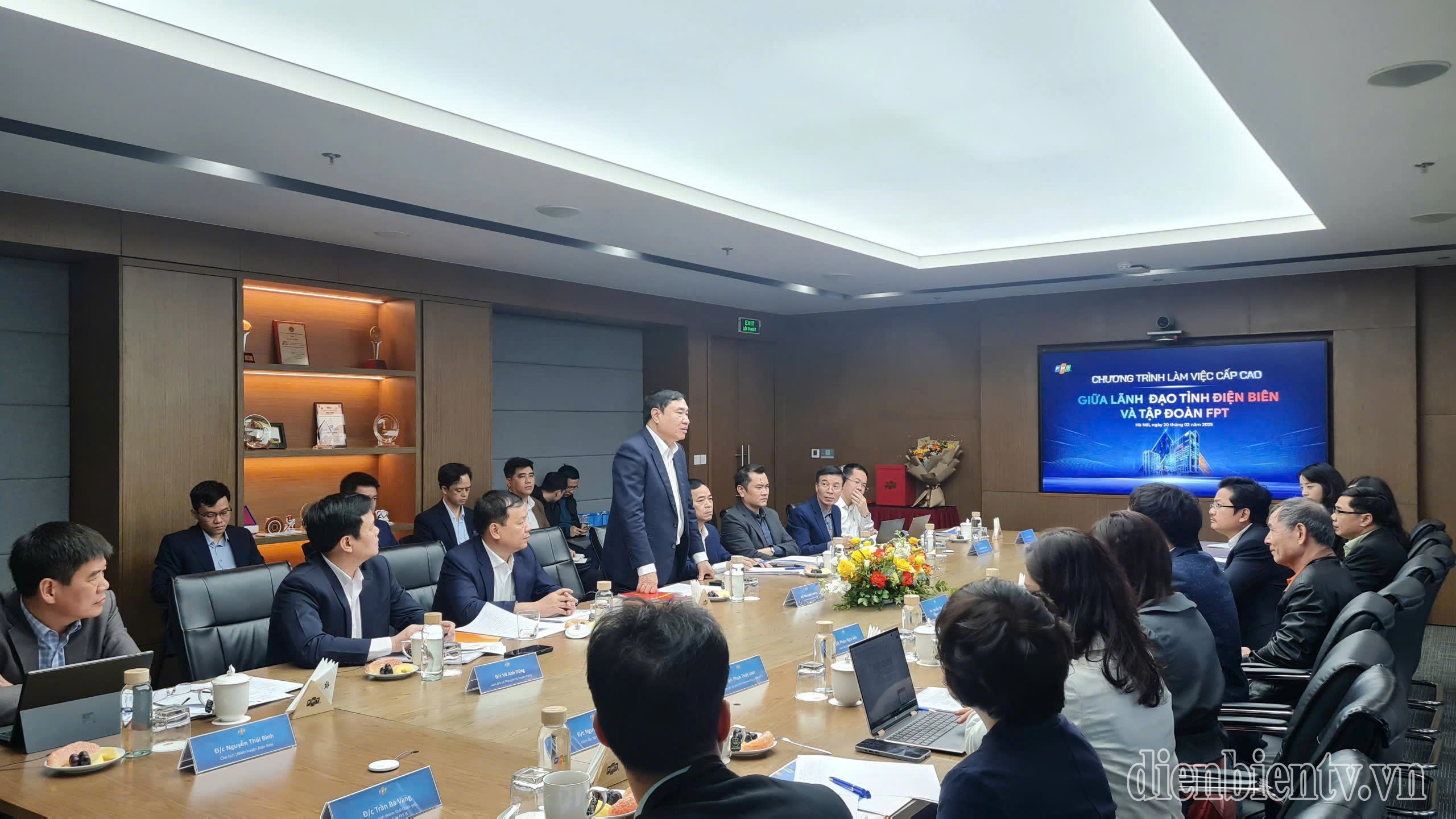


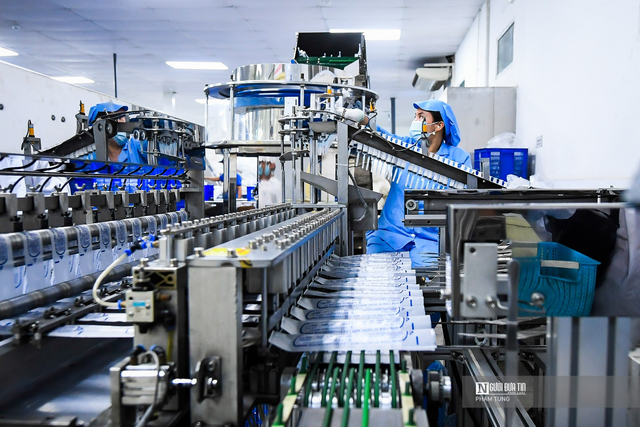

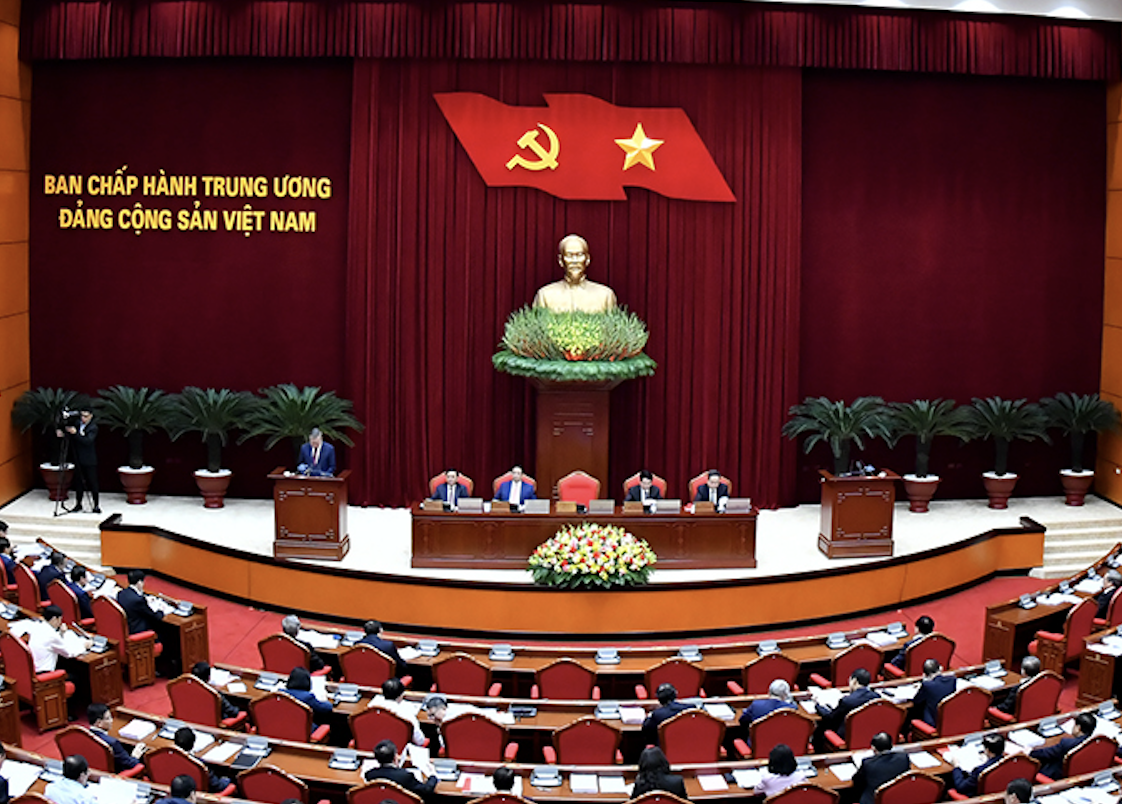

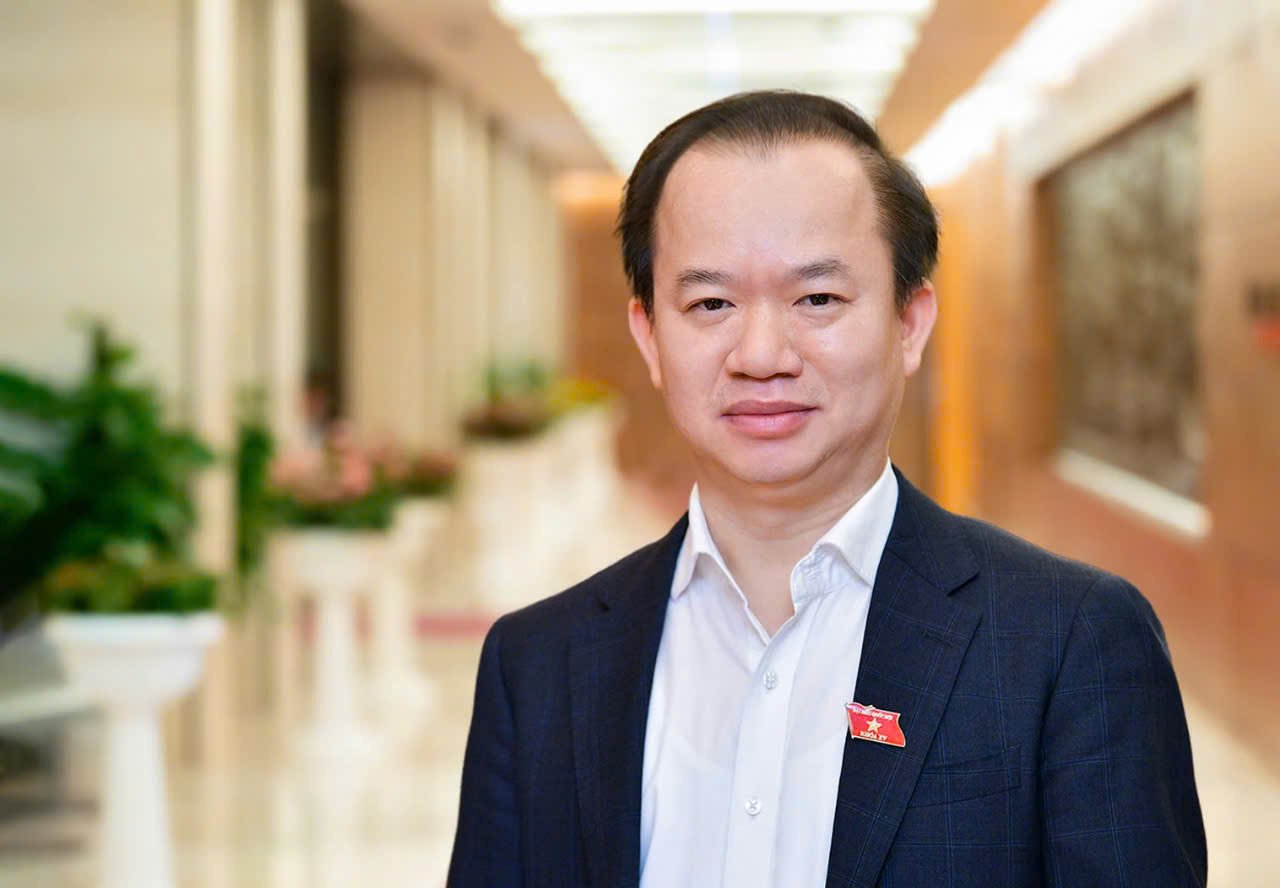


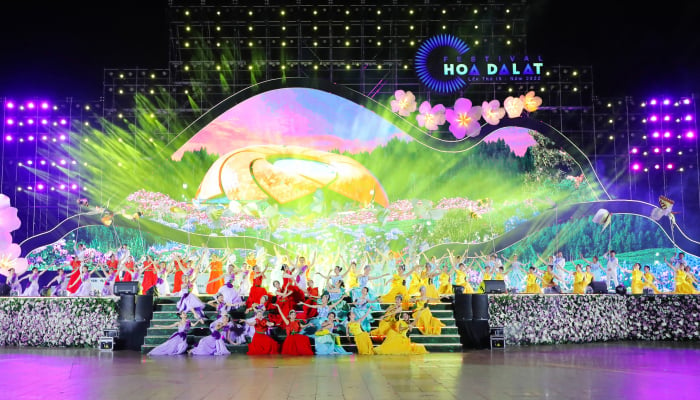











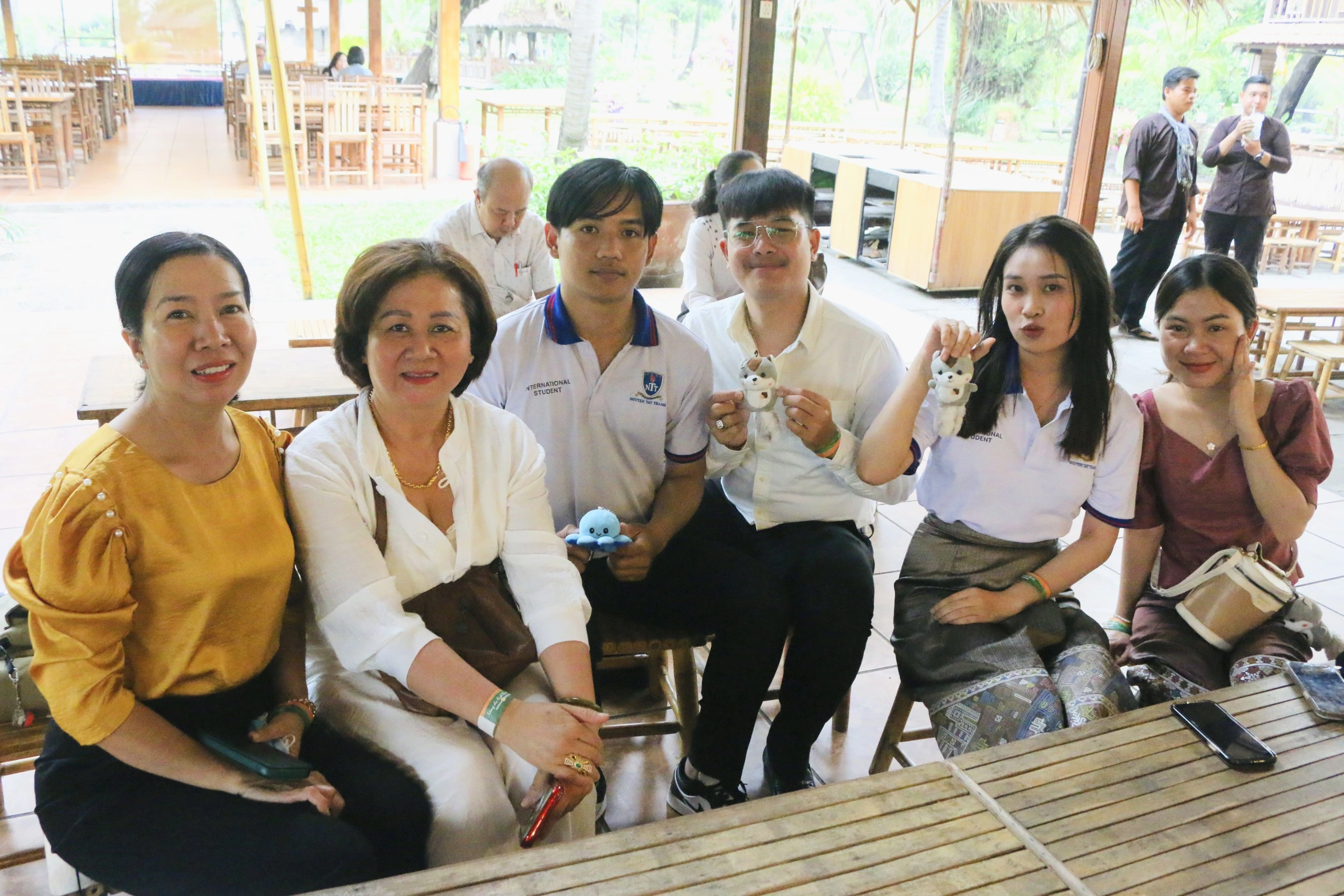


Comment (0)